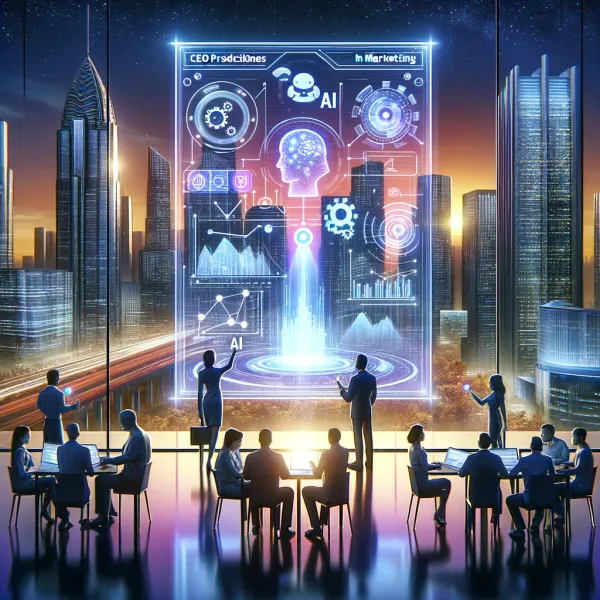inpainter.vercel.app

Explore the Possibilities of AI-Enhanced Imagery
In an age where technology is rapidly evolving, the creation and manipulation of digital images have taken a remarkable turn with the help of Artificial Intelligence (AI). One of the latest tools that have emerged on the horizon is an AI-based system that allows users to transform their ideas into digital art with ease.
What Is This AI Tool All About?
This innovative tool uses advanced algorithms to generate images from textual descriptions. It's designed to understand the context and nuances of the user input and convert it into a visual representation. Whether you're a professional looking to streamline your design process or a hobbyist wanting to experiment with digital art, this AI tool can cater to your needs.
How Does It Work?
To get started, you simply provide a written description of the image you want to create. The AI then proceeds to analyze this text and bring your vision to life in a unique piece of artwork. The beauty of this tool is that it requires no professional skills in graphics or design. The AI takes care of the heavy lifting, allowing you to focus entirely on your creativity.
Access Through API
For those who have a technical knack and wish to integrate this AI capability into their own projects or applications, the tool comes with an API. This means you can seamlessly incorporate the AI's image generation feature into your work, creating an automated flow that suits your technical requirements.
Why Choose This AI Tool?
- Ease of Use: The simplicity of dragging and dropping an image or simply typing up a description makes it user-friendly for all skill levels.
- Creativity Unleashed: With just a few words, you can create complex images that would typically require hours of painstaking work.
- Technical Integration: The availability of an API provides flexibility for developers and creators who want to embed this feature in their software.
Challenges to Consider
- Originality: While the AI can produce stunning visuals, it's essential to note that the uniqueness of the artwork is partly dependent on the input provided by the user.
- Learning Curve: Users unfamiliar with AI tools might take some time getting used to the functionalities and capabilities of the system.
- Over-Reliance: Depending on AI for image creation could potentially limit skill development in traditional design techniques.
Conclusion
This AI tool stands as a testament to the boundless potential of artificial intelligence in the realm of creative arts. It provides a platform for both novices and professionals to explore and create without the constraints of technical complexities.
For those interested in peeking under the hood or contributing to the development, the project is open for viewing on GitHub, offering insights into the coding and operational mechanisms that power this intriguing application.
Whether you are looking to jazz up your blog with eye-catching graphics, design a concept for a client presentation, or simply indulge in the creation of digital art, this AI-powered tool can prove to be an invaluable resource in your creative arsenal.
